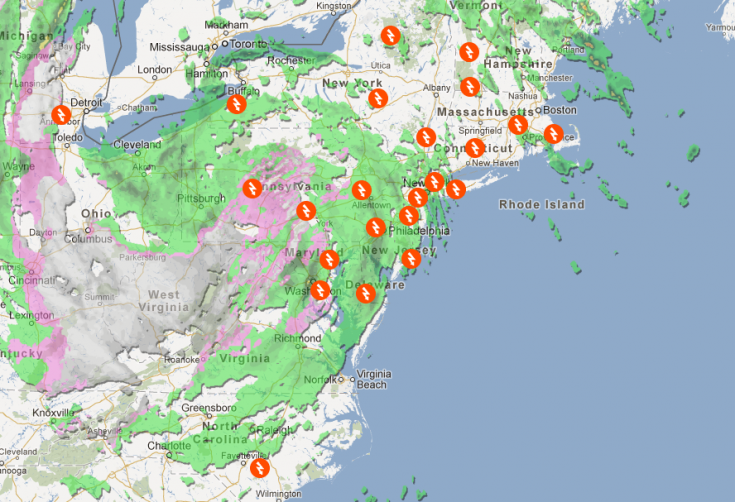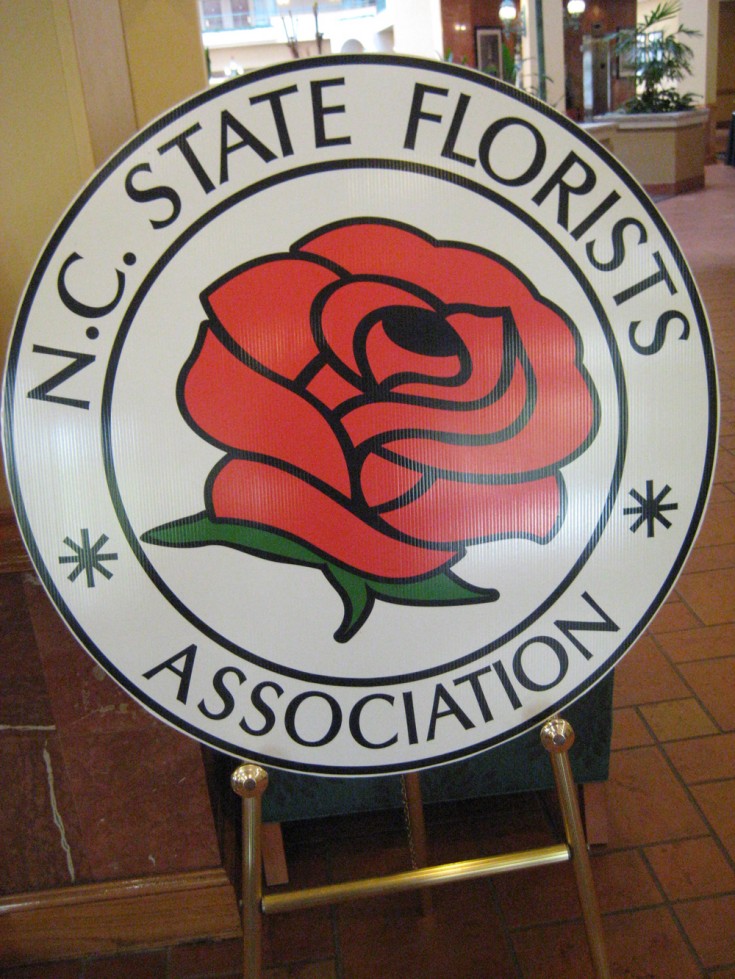It’s no secret, flowers are big business during Valentine’s Day. It and Mother’s Day are two of the biggest floral holidays florists look forward to every year. Except..
… things are changing in the floral industry: The price of roses practically doubles during major holidays, cutting into profits. There are groups that advertise heavily for $19.99 flowers, which are drop-shipped in a box. There are even those out there that have stooped low enough to buy fake Google Ads in a local florists’ name saying ‘Sold Out For Valentines Day’ without the florist being aware of it.
And then we have the big floral networks who say they support local florists, but instead advertise exceedingly low prices and take a large cut for each arrangement passed to florists, on top of large annual membership fees.
 Can you imagine owning your own business only to have someone else dictate what your prices and overhead must be?
Can you imagine owning your own business only to have someone else dictate what your prices and overhead must be?
Shops do have the option to reject orders and ask for more money, but often they are penalized with fees that range from $10-$100, in addition to time busy florists do not have to spare.
Why do shops participate in these draining networks?
Many multi-generational florists see these big, e-commerce groups as something they cannot survive without (before the internet, this was probably true). Some see it as a way to reach customers they might not be able to on their own.
From the article, Why florists now dread Valentine’s Day (CNNMoney):
“Half the florists don’t realize they’re losing money with this stuff,” said Steve Juiffre, a florist in South Burlington, Vt. who is part of Florists for Change, a group formed to educate fellow shop owners about the potential pitfalls.
“I was able to get new customers. But you can’t make any money. They make all the money,” said David Rohr, a florist in Cathedral City, CA. He quit Teleflora after Valentine’s Day in 2002, when he lost more than $2,000 that day as business costs and network fees overtook his revenue from delivery orders.
What’s most bothersome to Betsy Hall, a florist just outside Atlanta, Ga., is what happens to customers. “[Wire services] take such a huge cut. The money you spend isn’t in flowers,” she said. “You spend $70 on a $26 bouquet.” She also said customers who use e-commerce sites pay more and receive less than if they’d simply contact the local florist in the city where they’d want the flowers delivered.


 Find Your
Find Your  Because there is the potential for a huge amount of funeral flowers this week for the funerals of the victims of the Newtown school murders, CFA will coordinate our industry’s response:
Because there is the potential for a huge amount of funeral flowers this week for the funerals of the victims of the Newtown school murders, CFA will coordinate our industry’s response:


 Superstorm Sandy has pummeled much of the east coast and many businesses, including florists, have been effected. We will do our best to make contact with all of our florists in Sandy’s wake, although with power outages and flooding, it will take time.
Superstorm Sandy has pummeled much of the east coast and many businesses, including florists, have been effected. We will do our best to make contact with all of our florists in Sandy’s wake, although with power outages and flooding, it will take time.












